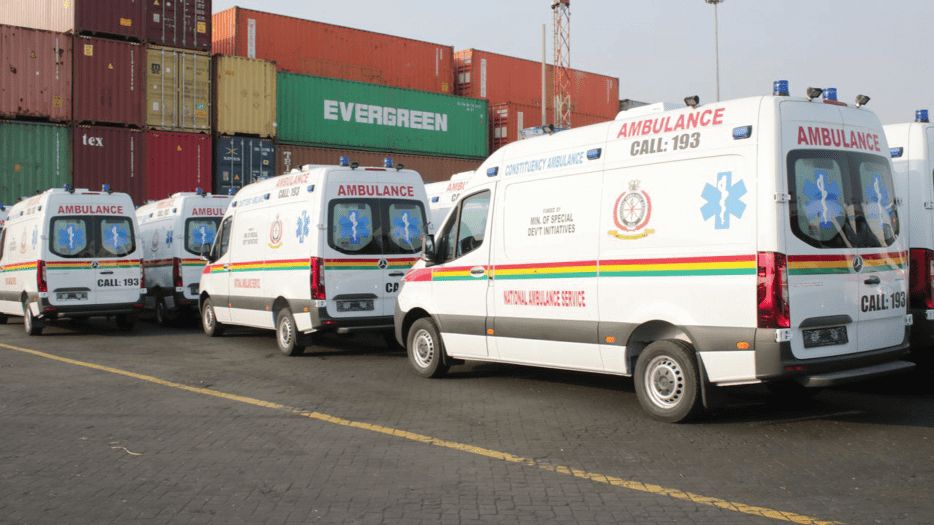Published
5 years agoon

For starters, this will not be our first mass purchase of ambulances for the National Ambulance Service (NAS). In 2012, the government procured 161 ambulances and subsequently built 28 new ambulance stations, bringing the total stations then to 52. Another 30 ambulances were reportedly added in 2015, bringing the cumulative total to 213. The fact that in 2020 President Akufo-Addo decries the presence of “only 55 ‘semi-functioning’ ambulances” should raise a red flag for us all.’
In 2004, President Kufuor brought me real professional joy as a house officer working in the Korle Bu Neonatal Intensive Care Unit when he totally refurbished the unit with state-of-the-art equipment. However, I watched in total shock when the unit returned to its pre-refurbishment status quo over a three-year period, completely run down through a multiplicity of factors. To my horror, the once vibrant unit existed in name only, the equipment broken down and non-functional, with the roof leaking.
So while thankful for the injection of 307 ambulances, while not begrudging the President for gloating over the improvement in performance from one ambulance to 524,000 to one ambulance to 84,000 (even against a target of one ambulance to 25 000), in addition to plans to build additional 145 ambulance stations, there are three issues I wish the NAS to consider.
The management of the ambulances within the various districts needs to be much better integrated into the district health services. In the past, some ambulances have typically operated from within the premises of the Fire Service, with space and other constraints that impeded the work of emergency medical technicians (EMT’s) who seemed to have limited understanding of the workings of the hospitals and the health system.
District health managers also appeared to have little say in the workings of the ambulances and played no part in matters relating to fuel availability, maintenance of broken-down ambulances etc. If the ambulances are to achieve the ultimate aim of improved health care, this level of integration into the district health system needs to be addressed, at least functionally to enable better working coordination between EMTs and the hospitals, and earlier communication around bed availability to prevent ambulances from being held hostage in hospitals without beds to take on patients brought on referral.
Secondly, a much more reliable vehicle maintenance system is required for our ambulances, undeniably linked to the entire funding support for the NAS. A significant number of the 200 plus ambulances purchased between 2012 and 2016 simply broke down with no effective maintenance regime. With inadequate funding to the NAS, these ambulances simply deteriorated, never delivering on their full potential. Inadequate funding also proved to be a barrier to access when patients were in many instances asked to pay for fuel costs, with drivers arguing that without cash payment, they would often be stranded at their destinations, unable to return to base.
If nothing at all, the fuel coupon system needs a second look and if it is the case that cost sharing with patients is the most practical way to sustain the running costs of the ambulances while providing safety nets for low net worth individuals, there is need for this to be transparently articulated from the outset, rather than set false expectations.
My last reflection would be tragic if it has not already been factored into the purchased fleet. Too many ambulances bought in the past and similarly tagged ‘state-of-the-art’ were simply not suited to the robust rural terrain in which they were sent. Many frequently broke down when dispatched into sub-districts on their very first trips. It has, thus, been the hope that any future procurements will be fit for purpose in this regard. In the coming days, of course, we will learn more.
The addition of new ambulances is certainly commendable, as is the creation of a three-digit easy-to-remember emergency number (112) for medical, police and other emergencies.
Hopefully, we will strengthen the support systems to make this a meaningful investment into quality health care.
Source: graphic.com.gh
